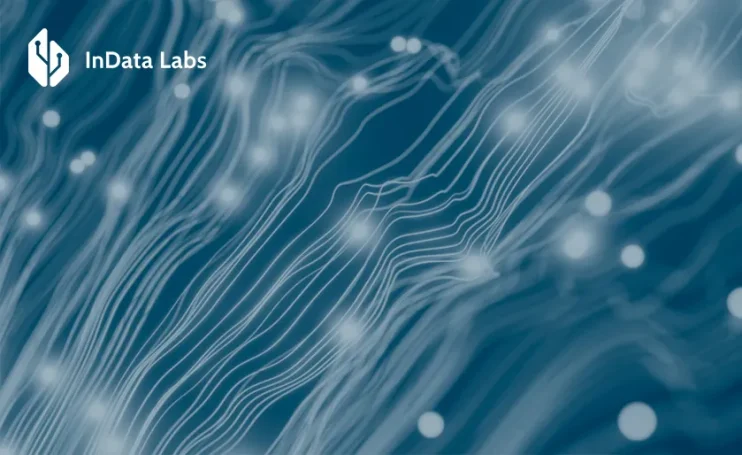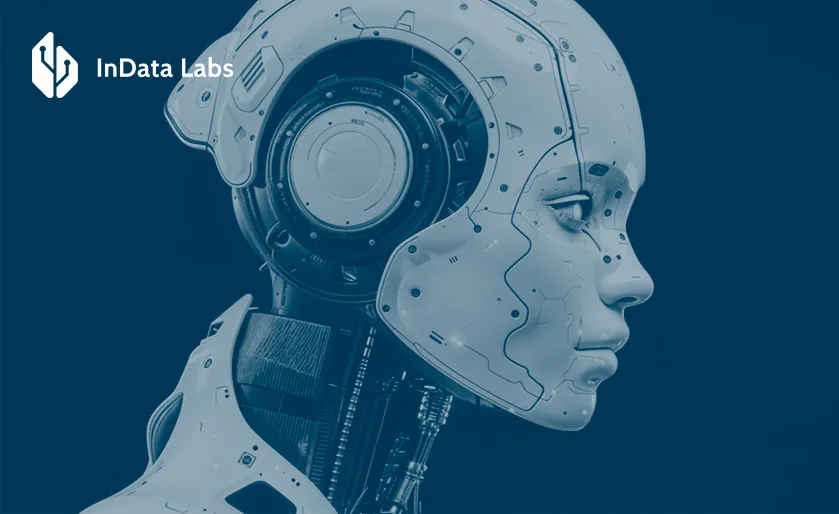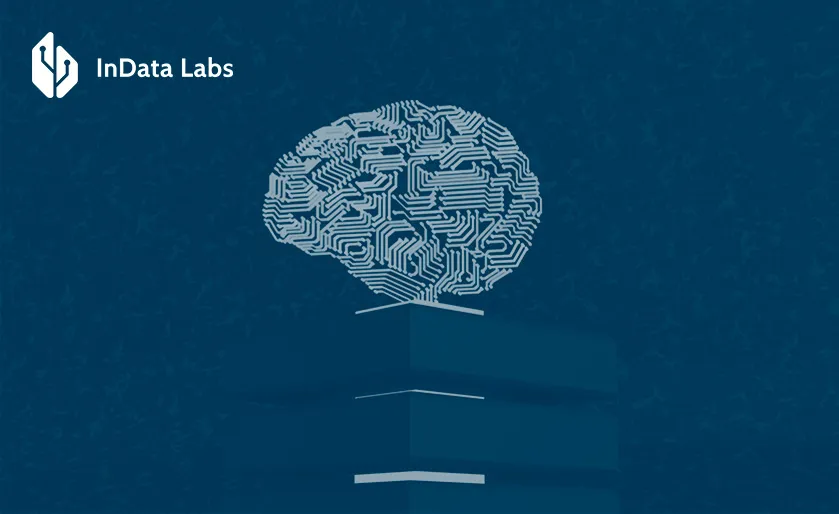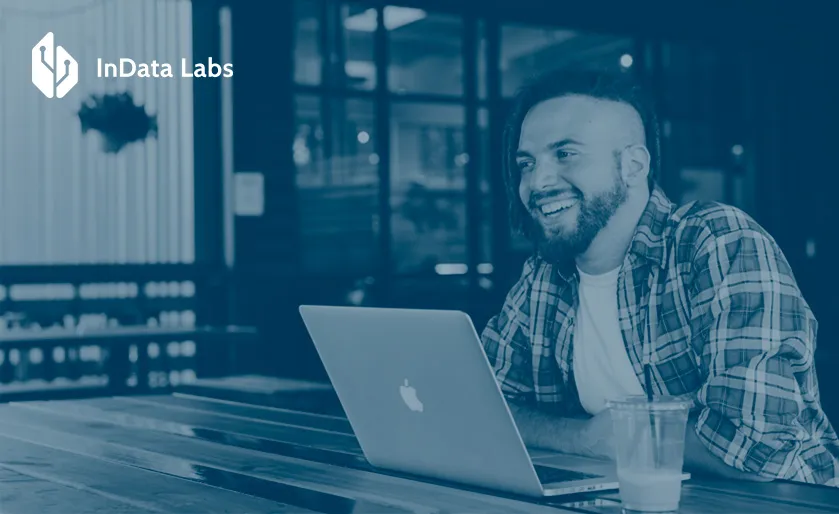Artificial intelligence has found its way into nearly every industry, from finance, education, and healthcare to manufacturing, E-commerce, and aerospace. In fact, you’d have a hard time finding any industry that is completely untouched by AI, and that has made AI secure systems more important.
As you’d expect of a disruptive technology with such unprecedented reach, there are lots of controversies surrounding the proliferation of AI across industries and in everyday use.
Interestingly, research about public attitudes towards AI shows that about 67% of the public fear for their privacy and data threats related to AI. As an organization looking to deliver lasting value and cement trust with your customers, you simply can’t afford to ignore these threats. Today, we’ll take a very deep dive into the various contexts revolving around AI system security, starting with why it matters.
Why does the security of AI systems matter?
It is clear that AI is becoming more popular and that businesses and organizations are trying to keep up with the trend and stay agile by embedding AI solutions across core functions and activities.
In most cases, organizations just want an AI-powered system that can analyze vast amounts of data to learn and find opportunities for process improvement. Hence, organizations usually have to feed the system large datasets for this purpose, sometimes including sensitive organizational and user data.

Source: Unsplash
What happens to the sensitive data when such AI solutions aren’t backed by proper security protocols?
IBM’s 20th Cost of a Data Breach Report 2025 indicates that 13% of surveyed organizations reported data breaches that had to do with their AI applications or models. Furthermore, 97% of these organizations lacked proper security protocols for preventing unauthorized access through their AI systems.
Consequently, most security incidents occurred in the AI supply chain, including apps, plugins, and APIs. About 31% of these incidents led to operational disruption, and 61% led to data compromises, typically targeting consumers’ personal identification information.
Note that within the first half of 2025, data breaches cost U.S. organizations $10.22 million on average. Bear in mind that, in a sense, AI is still in its nascent stage, and organizations are still learning and getting used to AI. Therefore, the concept of security incidents as a result of AI-related failures is something many organizations have yet to grasp and are most likely to underreport.
You don’t have to wait until after an AI-related breach to build an AI system that is more secure. You can develop secure AI systems now to have better control of your data, proactively preventing potential breaches.
Building AI systems with extensive security protocols is vital for building trust in AI systems in organizations, and even public spaces, especially in U.S. cities and local councils looking to adopt AI security camera systems for public surveillance.
At this point, you are probably interested in securing AI systems through proper development. But really, what is secure AI system development, and what would that entail?
What is secure AI system development?
Here, you have to think of AI systems beyond the APIs you plug into your existing customer relationship, HR, procurement, or accounting infrastructure.
Think of them as very diverse systems with sweeping effects on your entire organizational process. That way, you’d see why it matters where you are getting your AI from, how it applies to various processes, and why you should take extra steps to enhance use by establishing proper access controls.
That said, secure AI system development starts with working with a reliable AI company that understands the need for extensive security in AI systems across their lifecycle, including:
- Design
- Development
- Testing
- Deployment
- Operations
- Support and maintenance.
The different phases of the AI lifecycle have different security considerations and requirements. At the deployment stage, for instance, security considerations accounted for by your developer may include, but are not limited to:
- Integrating appropriate access controls across various AI infrastructure
- Compartmentalizing AI environments based on the sensitivity of the underlying code or data focus
- Implementing protocols that automatically detect and prevent any attempt to access, alter, or extract sensitive data from the system.
Making the user interface intuitive and providing guidance on how users can responsibly and safely navigate controls without compromising the entire system.
In a nutshell, there are a hundred and one ways your AI company can go about securing AI systems at the deployment phase alone. A thousand more when you consider the entirety of the development lifecycle of the AI system.

Guidelines for secure AI system development
The U.S. Cybersecurity & Infrastructure Security Agency, along with the UK National Cyber Security Centre and relevant national agencies in Australia, Canada, Estonia, Nigeria, France, Norway, Poland, and Singapore, among others, released the “Guidelines for Secure AI System Development” in 2023.
According to the guidelines, there are four concern areas within AI software development life cycle:
-
Secure design
AI security starts from the drawing board and in conference rooms with the system owners, company executives, data scientists, and your developers.
The point is to first gather inputs from everyone involved and discuss how compromised AI components can affect the organization, users, and society at large. Having these conversations at the design stage is helpful for modeling an AI system that is appropriately protected from unique threats in the organization’s processes.

-
Secure development
In the development phase, developers are expected to account for how they continuously assess and monitor AI security across all nodes of the organization’s AI supply chain and life cycle. This phase requires adhering to both regulatory and organizational standards.
It is important that the system manager is able to identify, track, and protect all assets against associated risks while also providing proper documentation of data, models, and prompts critical to the system’s management.
-
Secure deployment
Before going live, the developers must ensure that the system embodies relevant best practices and that the constituent model and data are protected from unauthorized access by embedding access controls on the query interface.
Additionally, incident management procedures must be standardized and made available for various security incidents. To enhance utilization, the system must be intuitive, and the developer must also leave a guide on how users can navigate the system appropriately without compromising it.
Lastly, the AI system must be subjected to various security tests, especially for high-risk cases such as generative AI deployment.
-
Secure operation and maintenance
This phase embodies the principles of continuous monitoring and improvement. It is an understanding that AI secure system development is a never-ending task that continues for as long as the system exists.
Here, developers or system managers provide continuous support for the system by integrating updates, monitoring and logging system inputs, and providing information on system vulnerabilities and lessons learned to the organization, as well as external organizations and security researchers.
Considerations across these four areas show that secure AI system development is all about taking a holistic, security-focused approach to building safe AI systems. If successful, your organization as a whole stands to benefit in numerous ways.
Benefits of securing AI systems
Responsible and safe AI systems are a gem in a world where there is still a lot of debate about where AI is headed.

As a matter of fact, just having AI powered security systems helps organizations contain data breaches about 80 days faster than organizations with none, according to the IBM Cost of Data Breach Report 2025.
Now imagine what extensive security in AI systems across the board could mean for your organization.
Broadly speaking, ensuring the security of AI systems could also be beneficial in improving:
1. Threat detection in real time: Think of the AI deployment scenario where your AI provider implements protocols to automatically detect and prevent unauthorized access, alterations, and data extractions.
Such implementations empower your AI infrastructure to proactively identify and contain threats, including advanced persistent threats. And even in cases where AI capabilities are limited to threat detection, the system will send real-time alerts to your IT security team whenever it identifies a potential breach.
2. Scalability: Securing AI systems helps eliminate errors (human errors) and disruptions when handling large datasets. This gives organizations more confidence to take the bold step towards scaling operations and diving into more complex operations.
3. Building trust in AI systems: AI systems built and deployed under the guiding principles of AI trust, risk, and security management (AI TRiSM) embody the ideals of technological trust, fairness, accountability, privacy, transparency, reliability, security, and regulatory compliance. Organizations that are able to check these boxes by securing their AI systems don’t just have better user outcomes but are also champions of positive change, according to Forbes.
Basically, secure AI systems are the way to go if you want to proactively identify and contain evolving threats in real time, reducing the frequency of security incidents.
Additionally, the ROI of secure AI systems is quite tempting to pass up. Besides secure AI systems helping organizations avoid the potential cost of security incidents, such as data breaches, organizations armed with security system AI also get to reduce the average cost of breaches by up to $1.9 million.

Of course, maximum benefits come with doing the due diligence to ensure the security of AI systems, beyond the security standards applied or proposed by the developer. So, how would you secure an AI system?
How to secure AI systems in your organization
The guidelines for secure AI system development pretty much cover all the core aspects of AI security. To further secure your AI system, it is important that your approach aligns with ISO provisions for AI security, especially ISO/IEC 42001 and ISO/IEC 23894.
However, for as much as the AI system itself is secure, it is important to go the extra mile to protect the surrounding/constituent components and ensure that users are thoroughly aware of and do adhere to best practices.
Also consider:
- Establishing additional authentication protocols between AI components: Communication paths between AI components and other business infrastructure are often vulnerable entry points for malicious actors looking for sensitive data. Managed identities and virtual networks could be helpful in securing these communication channels.
- Adversarial training of your AI systems: Simulate real attacks, such as poison and evasion attacks, in controlled environments to expose AI system vulnerabilities and sensitivities that may have been missed during development and deployment. Implement adversarial training strategies that build the system’s resilience to these vulnerabilities.
- Regular updates: The AI industry is undoubtedly one of the fastest-growing industries worldwide, and that much is evident in the market’s growth trend as well as the frequent release of AI tools in various industries. Where applicable, set your AI system to update automatically, and where AI components from different providers are involved, always look for and implement the most recent security patches.
- Embracing AI governance principles across the board: This goes beyond the compliance met by your AI developer to include broader organizational AI governance efforts to engage all stakeholders on how best to use the AI system, with emphasis on minimizing and managing social risks and enhancing accountability.
Most importantly, more effort should be directed towards efficient AI data management, with emphasis on privacy, security, transparency, and quality. Efforts may include AI TRiSM and strict adherence to relevant local and global data privacy regulations.
Successfully securing your AI system is also a matter of knowing how to build an AI system. Your AI developer is going to come up with their AI implementation strategy for building secure AI models, but success lies at the intersection where your strategies merge with theirs. So how would you, as an organization, navigate artificial intelligence software development to create a solution that is secure, reliable, and meets set goals?
How to build an AI system
Whether you want to build an AI system for your website or other organizational process, it is important that you first develop a clear roadmap to successful implementation.
A comprehensive roadmap will include:
Define the goals
This is where AI goals meet the organization’s goals. Before you jump into the AI trend, it is important to determine ideal use cases and objectives where AI could be of help and how AI can be applied to meet the needs therein.

Source: Unsplash
For instance, do you want to build an AI-based security system that proactively detects and prevents security threats or an agentic AI for better customer relationship management? You might find that you don’t want AI to have access to the whole of a given process or any part of the said process, for that matter.
These deliberations will help you define real AI goals and define useful metrics for monitoring progress and performance.
Evaluate your AI readiness
Here, you have to ask and answer some critical questions. Is the organization and its technologies, including data management systems, ready for AI? Is the workforce skilled or knowledgeable enough for complex AI environments? Is organizational data stuck in silos? Do you have the computing power for advanced AI systems?
Choose your AI solution
Based on #1 and #2, you have to consider the AI approach and solution to take to meet set goals. Would generative AI development meet your goals, or is agentic better suited to your needs?

Additionally, it is important to ensure compatibility with existing tech infrastructure to minimize costs and operational disruption.
Choose your AI partner or developers
Now that you know the type of AI solution you want, you can use the information to select an AI partner that has been proven to deliver in that regard. It is important that your AI partner is able to provide a team of ML engineers, data scientists, data engineers, UX design experts, domain experts, and a project manager. Your team and theirs will work together to ensure the development of a secure AI system that meets set goals.

Source: Unsplash
Develop AI policies and guidelines
To mitigate and prevent AI ethical issues, false positives, and alert fatigue, AI systems must not be allowed total control of organizational processes. Human oversight is required to check and manage anomalies within the AI system and to ensure that a real person is behind the final say in core operations.
Build, train, and deploy your AI model
Success here means:
- Gathering and preparing high-quality data for AI training
- Selecting an AI algorithm that fits your AI and business goals
- Training the model with the available data until it reasonably masters its purpose.
- Testing the AI model on a single use case and then another, to enhance efficiency and optimization.
With success ascertained across the testing scenarios and use cases, your AI is ready for phased deployment in a larger but still controlled environment. These steps must be reviewed, refined, and repeated until perfection, or something close to it, is achieved.
For better outcomes, deployment is usually phased across departments and systems, usually starting from mundane to core processes, to ensure that the system is stable before enterprise-wide application.
Continuous monitoring, maintenance, and improvement
To maximize secure AI systems ROI, you should dedicate resources to monitor those useful metrics you established earlier, track and fix errors as they occur, and use the lessons learned to further improve the AI system.
These steps are not set in stone. The four types of advanced AI systems, including reactive, limited memory, theory of mind, and self-aware AI, will all require different levels of resources and strategies.
Similarly, what is required to build an AI system for an e-commerce company might differ from that of a human resource company.
Building different types of AI security systems, generative AI systems, or security manufacturing systems AI software requires different sets of skillsets and strategies. For context, let’s take a quick look at what building agentic AI systems and security manufacturing systems AI software takes.
Building Agentic AI
Lots of organizations focus on agentic AI systems like virtual assistants and agents due to their autonomous capabilities to handle customer support tasks with little oversight.
Fundamental knowledge of machine learning, LLM, and programming knowledge, preferably Python, is necessary for proper execution within the chosen frameworks and development environment. Some of the popular agentic AI frameworks and environments used by organizations include AutoGen, LangChain, LangGraph, and CrewAI.
Security manufacturing systems AI software
Things get a bit more complicated with building AI powered security systems due to the complexity of incorporating various security considerations, such as surveillance, into one system.
Think real-time facial recognition, pose estimation, object detection, and audio analysis, among other more nuanced tasks necessary for improved security. If the goal is to build a security system AI like a custom facekey solution that fits diverse security operations and equally enhances incident response. Then the focus will be on AI security monitoring solutions like computer vision AI software, which is capable of:
- Object detection, tracking, and labeling
- Visual inspection for defect detection
- Video and audio analysis
- Optical character recognition and data capture
- Pose estimation.
These functions are founded on robust machine learning algorithms that can be modified to provide various AI-powered security systems for different industry scenarios, including manufacturing, agriculture, healthcare, and hospitality.
How much does it cost to build an AI system
As you’d imagine, the cost of building an agentic virtual assistant will vary greatly from that of building an AI-powered security system. Where a simple AI chatbot could cost as little as $5,000 – $20,000 to build, advanced computer vision software can cost between $200,000 and $700,000 to build. Costs will vary depending on your business needs and the tools necessary to build the ideal AI for you.
Generally, as you progress through the seven main types/stages of AI, from narrow AI (weak AI), artificial general intelligence (AGI; strong AI), and artificial superintelligence (ASI) to reactive machines, limited memory, theory of mind, and self-aware AI, you will find that costs continue to climb. But the best part is that the cost of building an AI system becomes negligible when you account for the ROI within the first few years.
Conclusion
Artificial intelligence is undeniably a game-changer that has improved the way work is done in numerous industries, positioning organizations to scale effortlessly while enjoying higher performance and efficiency.
However, security concerns, especially with regard to data privacy in AI models and security, remain a major challenge that many organizations are still struggling to understand and manage.
Addressing these concerns requires working with an AI company that prioritizes AI security across every phase of the AI development life cycle. Finally, organizations should also know how to build and secure AI systems, what it takes to build them, and have an idea of AI development costs for proper budgeting.



